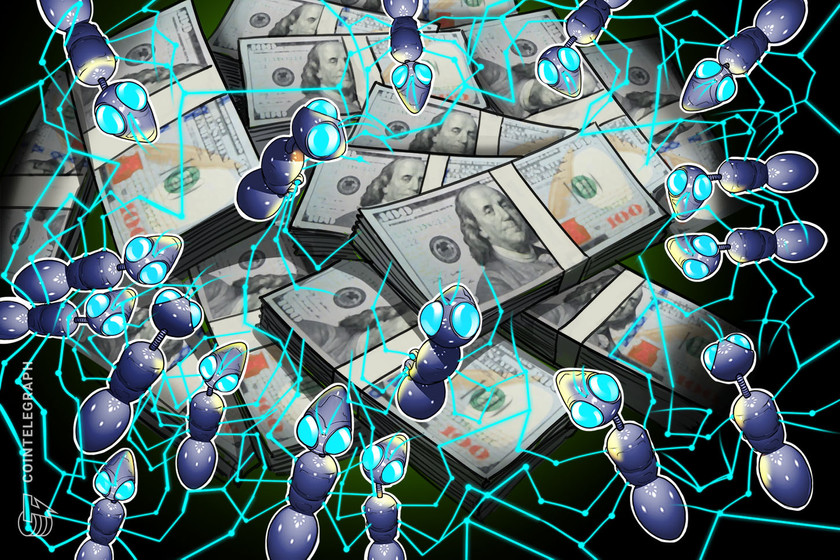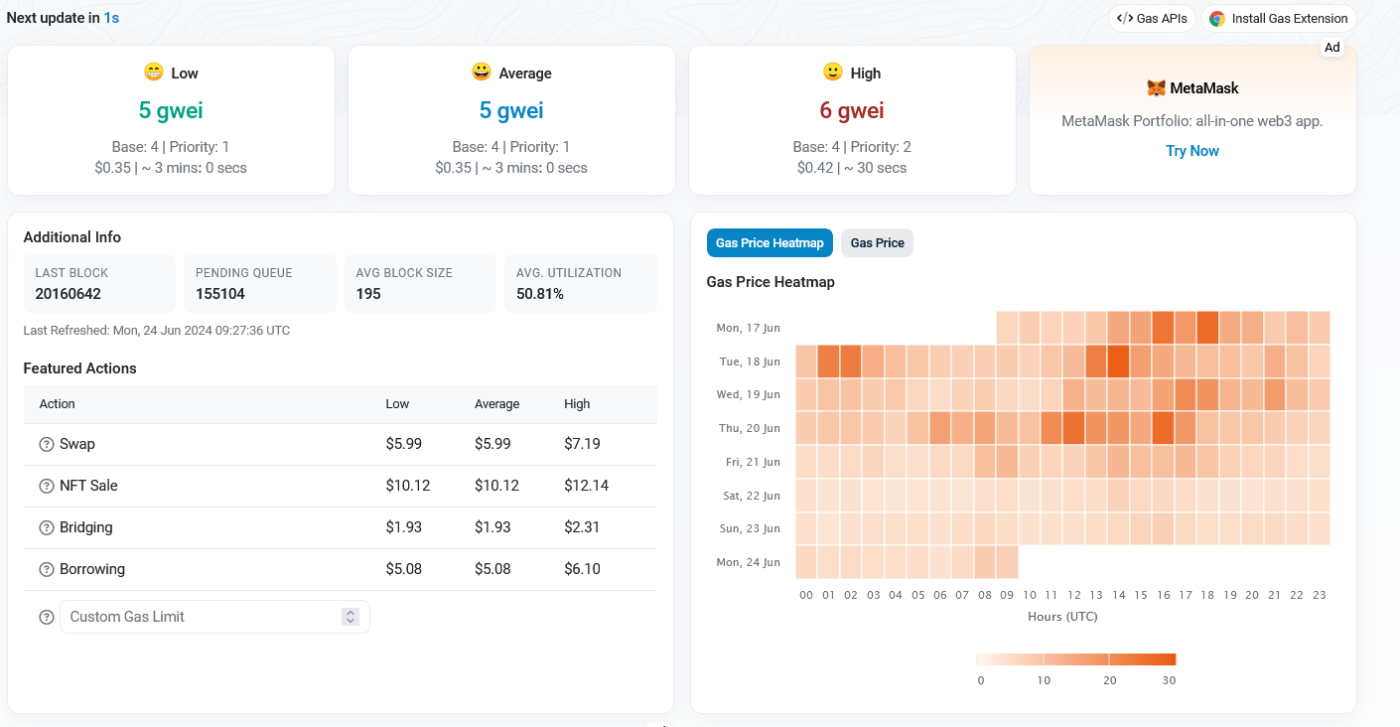aUSDT: Tether’s Gold-Backed Synthetic Dollar Explained

TLDR
- Tether launched a new token minting platform called Alloy on the Ethereum network, which allows users to create tokens collateralized by Tether’s tokenized gold (XAUT).
- The first token available on the Alloy platform is aUSDT, a synthetic dollar designed to track the value of one U.S. dollar while being over-collateralized by XAUT.
- Users can mint aUSDT tokens by depositing XAUT as collateral, with the minting process managed by smart contracts and price oracles to ensure transparency and stability.
- Alloy by Tether is an open platform that may potentially offer yield-bearing products in the future and will become part of Tether’s upcoming digital asset tokenization platform.
- The launch of Alloy and aUSDT is part of Tether’s efforts to expand its services beyond issuing USDT, with plans to facilitate the tokenization of various assets, including bonds, stocks, and loyalty reward points.
Tether, the company behind the world’s largest stablecoin, USDT, has announced the launch of a new token minting platform called Alloy on the Ethereum network.
This platform introduces a new category of digital assets known as “tethered assets,” which are designed to track the price of reference assets through stabilization strategies such as over-collateralization with liquid assets and secondary market liquidity pools.
The first token available on the Alloy platform is aUSDT, a synthetic dollar that aims to combine the stability of the U.S. dollar with the security and reliability of gold.
Unlike traditional stablecoins, aUSDT is over-collateralized by Tether’s tokenized gold (XAUT), which is backed by physical gold stored in Switzerland.
This unique approach allows users to engage in digital transactions and payments while maintaining exposure to gold, without having to sell their XAUT holdings.
To mint aUSDT tokens, users can deposit XAUT as collateral through Ethereum-compatible smart contracts. The aUSDT smart contract ensures transparency by keeping track of all collateral and minted tokens, while price oracles constantly evaluate the Mint to Value (MTV) ratio to enhance stability.
The minting process is designed to be overcollateralized, with the maximum amount of new tokens limited to 75% of the collateral value.
Tether’s CEO, Paolo Ardoino, stated that the launch of Alloy by Tether introduces a new class of digital assets backed by gold and tethered to a reference fiat currency. He also revealed that Tether plans to make this technology available in their upcoming digital asset tokenization platform, which is set to launch later this year.
aUSDT, the first Tethered asset, just launched!
aUSDT is a synthetic dollar over-collateralised by XAUt (Tether Gold).Alloy by Tether is an open platform that allows to create collateralised synthetic digital assets and will soon be part of the new @Tether_to digital assets… https://t.co/J8JyWt9duh
— Paolo Ardoino ???????? (@paoloardoino) June 17, 2024
The Alloy platform is an open platform that allows for the creation of different tethered assets with broader backing mechanics, potentially including yield-bearing products.
This technology provides a modern approach to asset management for institutions, offering a secure, gold-backed digital asset that can be integrated into portfolios.
Moon Gold NA, S.A. de C.V., and Moon Gold El Salvador, S.A. de C.V., both authorized by the digital asset regulatory body CNAD in El Salvador, will handle the issuance and management of Alloy by Tether, catering to different customer segments and regulatory requirements.
The launch of Alloy and aUSDT is part of Tether’s ongoing efforts to expand its services beyond issuing USDT.
The company has recently invested in various sectors, including bitcoin mining, payment processing, and artificial intelligence via cloud computing.
Ardoino has also outlined plans to launch a tokenization platform that would facilitate the creation of digital versions of a range of assets, such as bonds, stocks, funds, and loyalty reward points.
The post aUSDT: Tether’s Gold-Backed Synthetic Dollar Explained appeared first on Blockonomi.
Powered by WPeMatico








